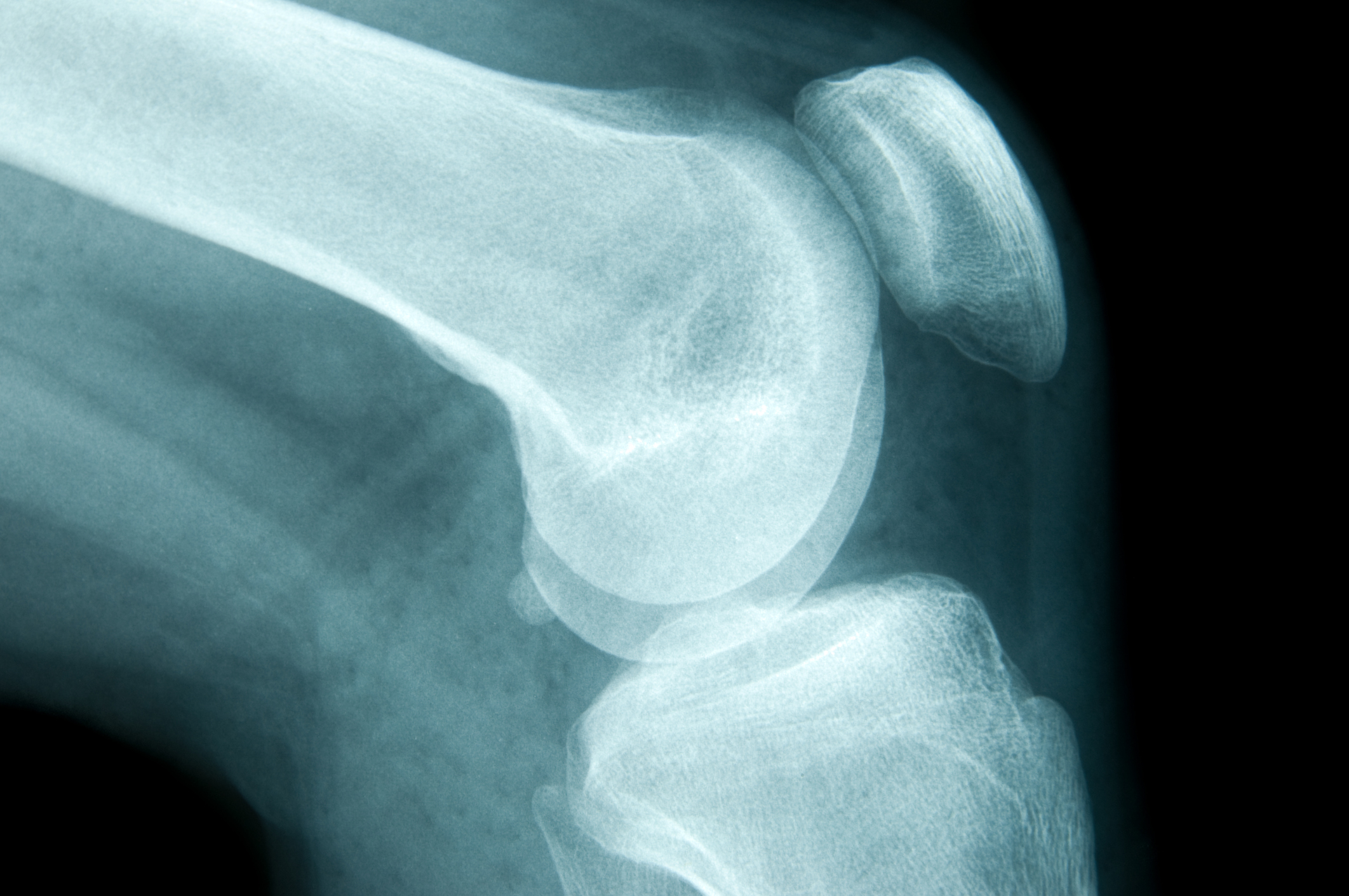The ‘silent disease’ that’s affecting many Australians

It’s estimated that many of the 1.3 million Australians suffering from osteoporosis don’t realise they have the “silent disease” until they break a bone, health experts say.1,2
But there are also a few myths around osteoporosis, including that it only affects menopausal women.3
That’s according to Professor Peter Ebeling AO, an endocrinologist and Medical Director of Osteoporosis Australia.
Speaking on The Big O Show with Dr Sally Cockburn, Professor Ebeling explained it’s a disease that affects both men and women alike.3
“The problem with the Big O is that it’s a silent disease,” he said.
“It’s not a painful condition like osteo-arthritis.
“We don’t know we’ve got it unless you fall over and break something.”2
To understand your risk, Professor Ebeling advises Australians to visit knowyourbones.org.au and complete a self risk assessment.
There are numerous risk factors including smoking, drinking too much alcohol, family history, low calcium intake and being on certain medications that may pre-dispose you to the disease.4
But Professor Ebeling explains there are numerous other red flags, including those who suffer liver and kidney disease, coeliacs, people with over-active thyroid conditions, as well as people who are on reflux medication for an extended period of time.4
“Most people don’t know you can get a free bone density test on your 70th birthday,4 it’s not well-known,” he said.
“Men and women age 70 – go and get your bone density test and be reimbursed by Medicare.”4
While the medications and treatments have come a long way, Professor Ebeling explained that worryingly many Australians are treated for a broken bone, without a proper assessment of their bone density and bone health.2
It’s estimated there are as many as 6.3 million Australians who have low bone density.1
“Less than 30 per cent of people after they fall over and break a bone are being treated for the underlying osteoporosis5 and we are trying to overcome that by putting in fracture recognition software in GP practices thanks to funding from the Commonwealth government.”
Press PLAY below to hear the full show – risk factors, the latest medical advancements and more:
The Big O Show features interviews with leading health experts around the symptoms and prevalence of osteoporosis, its relationship to menopause, and how people can be more proactive about detecting and treating it.
The advice given on this page and the program is general.
Please consult your doctor about what is best for you.
Products promoted through and advertised on or around this page and on the program are not endorsed by Dr Sally Cockburn or her guests. Dr Sally Cockburn will not be available to respond to these questions.
References:
- Watts JJ, et al. Osteoporosis costing all Australians – A new burden of disease analysis 2012 to 2022. Osteoporosis Australia, 2013.
- Osteoporosis Australia. What you need to know about osteoporosis. Consumer guide. 2017. www.osteoporosis.org.au. [Accessed 6 March 2020]
- Ebeling PR. Osteoporosis in men. Curr Opin Rheumatol. 2013;25(4):542–52.
- Royal Australian College of General Practitioners. Osteoporosis prevention, diagnosis and management in postmenopausal women and men over 50 years of age. East Melbourne, Vic: RACGP, 2017.
- Eisman J, et al. Australian BoneCare Study. Osteoporosis prevalence and levels of treatment in primary care: the Australian BoneCare Study. J Bone Miner Res. 2004;19(12):1969–75.



